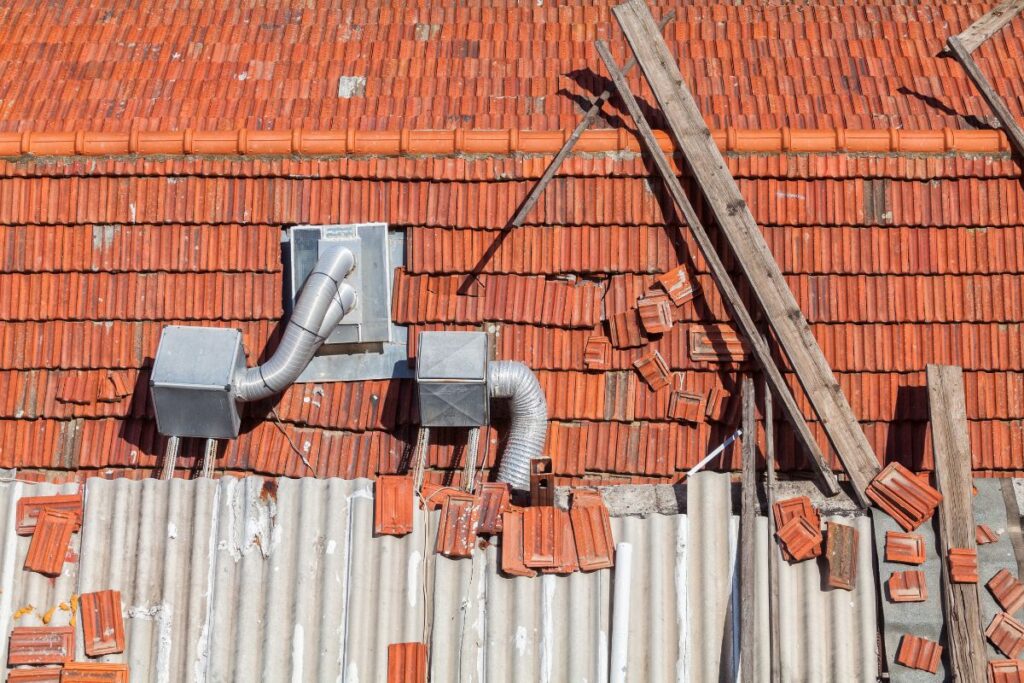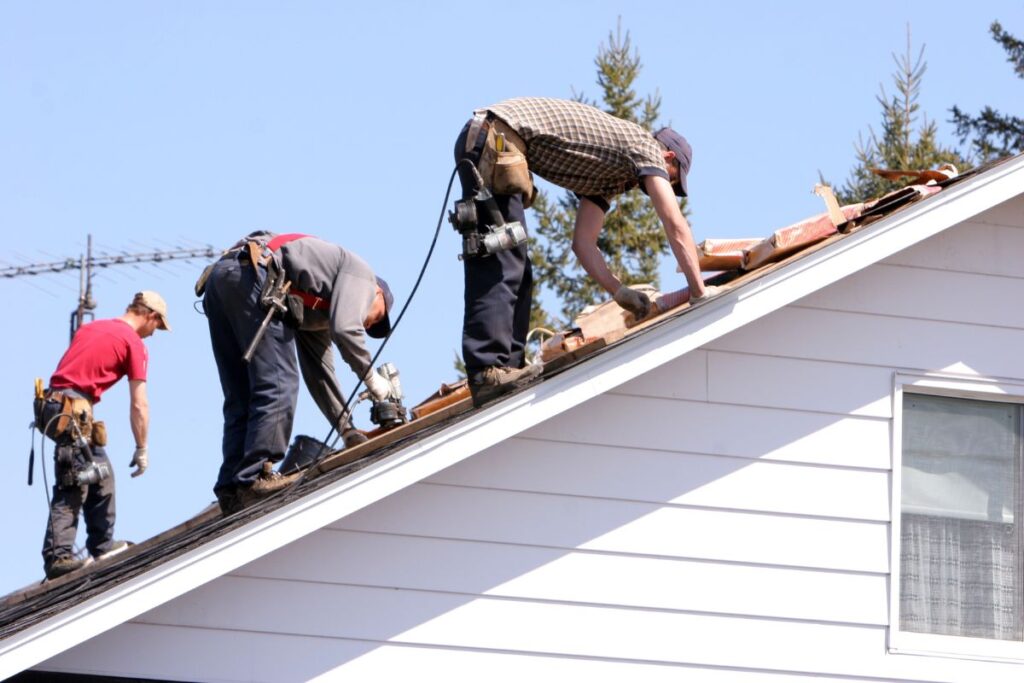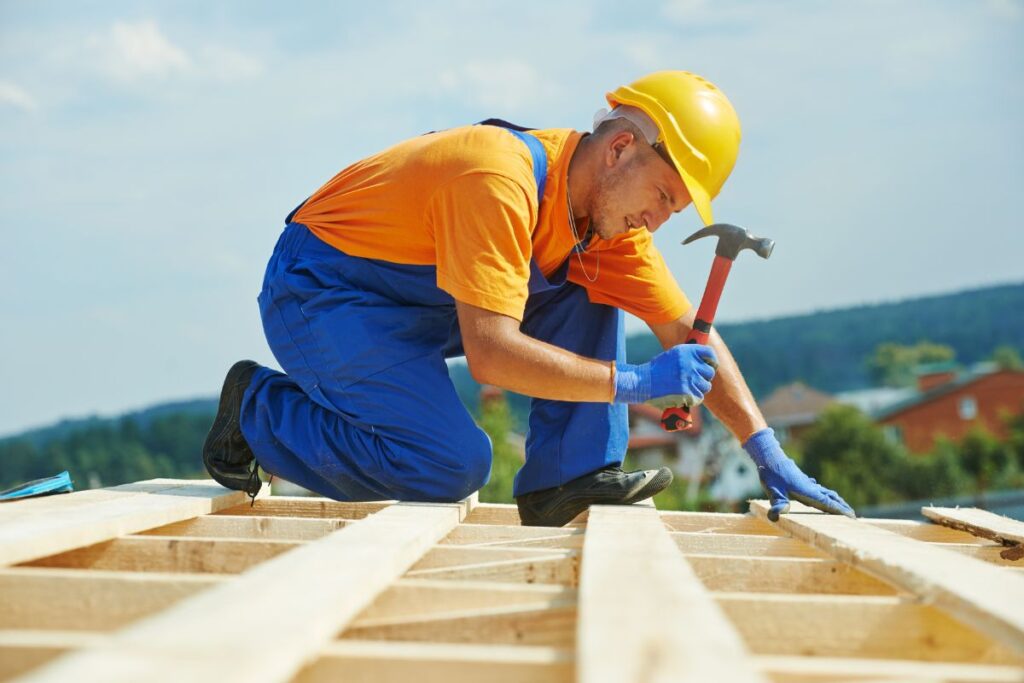Whether you’re dealing with weather-related damage, the normal wear and tear of time, or you’re just looking to give your home a facelift, a roof restoration can breathe new life into your property. However, choosing the right material for your roof restoration is crucial, as each one brings its unique set of benefits and drawbacks. Let’s explore some of the most popular roofing materials for restoration projects.
- Asphalt Shingles:
Asphalt shingles are a favourite choice for many homeowners due to their affordability and versatility. They come in a variety of colours and styles, allowing you to customise the look of your roof to fit your home’s aesthetic. On the downside, asphalt shingles have a shorter lifespan than many other materials, typically lasting between 15 and 30 years.
- Metal Roofing:
Metal roofs are increasingly popular for restoration projects due to their longevity (up to 50 years or more), durability, and energy efficiency. They reflect sunlight, helping to keep your home cooler in the summer. However, they can be more expensive to install, and in rainy climates, they may be noisier than other roofing types.
- Clay and Concrete Tiles:
Known for their distinctive look, clay and concrete tiles add a touch of elegance to any home. They are exceptionally durable, with a lifespan that can exceed 50 years. However, these tiles are heavier than most other roofing materials, which may necessitate additional structural support. They’re also more expensive than asphalt or metal.
- Slate Roofing:
If longevity is your top priority, slate roofing may be the right choice for your restoration project. Slate roofs can last over 100 years if properly maintained, and their natural look adds charm to any property. The major drawback of slate roofing is its high cost, both in terms of materials and installation.
- Wood Shingles or Shakes:
Wood shingles or shakes offer a timeless, natural look that many homeowners love. However, they require more maintenance than other roofing materials to prevent moss, mould, and rot. They’re also not the best choice in areas prone to wildfires, due to their flammability.
- Rubber or Synthetic Roofing:
Rubber or synthetic roofing materials are gaining popularity for their eco-friendliness, durability, and ease of maintenance. They’re resistant to rot and weather damage, and they can mimic the look of more expensive materials like slate or wood. However, they can be more expensive than traditional materials like asphalt.
When choosing a material for your roof restoration, consider factors such as your budget, the climate in your area, your home’s structural capacity, and the look you’re trying to achieve. Consult with a professional roofing contractor to understand the best options for your specific needs. With the right material, your roof restoration can enhance the beauty, functionality, and value of your home.


